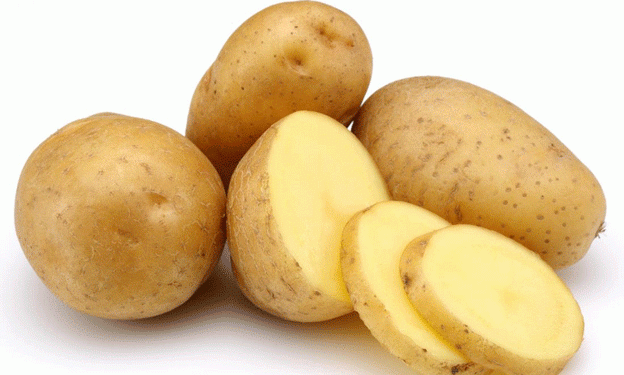Setting the Record Straight: Are Sweet Potatoes Really More Nutritious Than White Potatoes?
Potatoes are a staple crop and a beloved food in many parts of the world. In the U.S., potatoes remain the nation’s most-consumed vegetable, with more than 45 pounds per person annually, according to USDA data. However, public opinion—shaped by headlines and social media trends—often favors sweet potatoes as the “healthier” option. This perception persists despite the fact that white potatoes and sweet potatoes offer remarkably similar nutritional profiles.
Let’s take a closer look at what the science really says.
White Potatoes vs. Sweet Potatoes: Nutrient Comparison
According to data from the U.S. Department of Agriculture (USDA) and the Food and Drug Administration (FDA), both sweet and white potatoes are nutrient-dense foods with overlapping health benefits:
| Nutrient (Per 100g, Cooked) | White Potato | Sweet Potato |
| Calories | 93 kcal | 90 kcal |
| Carbohydrates | 21 g | 21 g |
| Protein | 2.1 g | 2.0 g |
| Fiber | 2.2 g | 3.3 g |
| Vitamin C | 19.7 mg (22% DV) | 2.4 mg (3% DV) |
| Potassium | 544 mg (15% DV) | 475 mg (13% DV) |
| Vitamin B6 | 0.3 mg (15% DV) | 0.2 mg (10% DV) |
| Vitamin A | 1 IU | 9612 IU (214% DV) |
Key insights:
- White potatoes have significantly more potassium and vitamin C. In fact, one medium white potato has more potassium than a banana.
- Sweet potatoes are much higher in vitamin A, due to their beta-carotene content.
- Both are complex carbohydrates that provide sustained energy and are not “simple sugars,” as some sources inaccurately claim.
- Both are low in fat, naturally gluten-free, and a source of dietary fiber.
Correcting the Record: Media’s Role in Misinformation
Recently, Vogue published an article that incorrectly claimed sweet potatoes were the clear nutritional winner over white potatoes. The argument was based on an inaccurate description of carbohydrate complexity and an unbalanced comparison of nutrients.
Potatoes USA stepped in to clarify the facts:
- White potatoes are also complex carbs, not simple carbs as misreported.
- Both types of potatoes are nutritious, and the differences in nutritional content are not as extreme as often portrayed.
- Glycemic index alone is not a comprehensive metric for judging overall health benefits.
Following this, Vogue updated the article with a more accurate, balanced view and included a quote from registered dietitian Bonnie Johnson:
“The reality is that regular and sweet potatoes are remarkably similar nutritionally. The only nutrient sweet potatoes are significantly higher in is vitamin A.”
For Farmers and Ag Professionals: Why This Matters
From a grower’s perspective, both white and sweet potatoes serve important roles in agriculture and consumer markets. White potatoes remain dominant in production due to yield, storage, and culinary versatility. According to FAOSTAT (2023), global potato production exceeded 376 million metric tons, with white potatoes making up the vast majority.
However, sweet potatoes are gaining popularity, particularly in health-conscious and niche markets. U.S. sweet potato production rose by over 40% in the past decade, and they are a profitable crop in regions like North Carolina and California.
Farmers and ag stakeholders should be aware of shifting consumer perceptions that may not be rooted in science. Clear communication about the benefits of both crops supports market stability, consumer trust, and balanced diets.
White potatoes and sweet potatoes are both nutritious, versatile, and vital to global food systems. While sweet potatoes excel in vitamin A content, white potatoes lead in potassium and vitamin C. Instead of choosing one over the other, we should promote diverse vegetable consumption and fight misinformation with facts. As growers, agronomists, and scientists, we have a key role in educating the public and supporting accurate agricultural narratives.






